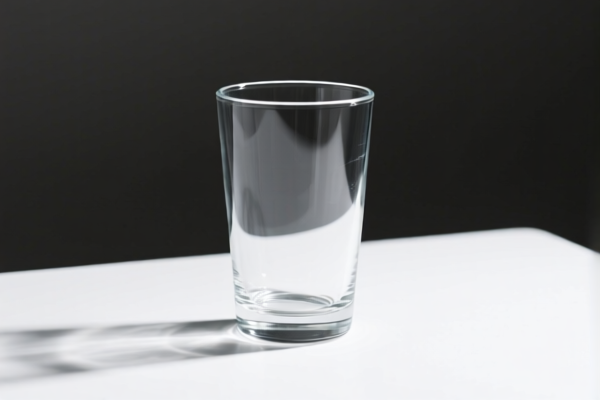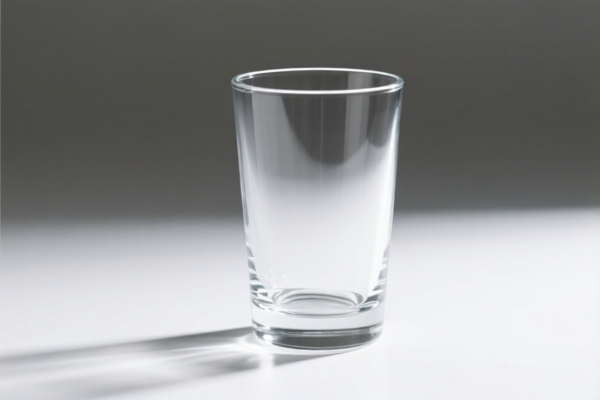| HS Code | Official Doc | Tariff Rate | Origin | Destination | Effective Date |
|---|---|---|---|---|---|
| 3405900000 | Doc | 55.0% | CN | US | 2025-05-12 |
| 3404200000 | Doc | 55.0% | CN | US | 2025-05-12 |
| 3404905150 | Doc | 55.0% | CN | US | 2025-05-12 |
| 3814005090 | Doc | 61.0% | CN | US | 2025-05-12 |
| 3814005090 | Doc | 61.0% | CN | US | 2025-05-12 |
| 3401190000 | Doc | 37.5% | CN | US | 2025-05-12 |




Glass Cleaners
Glass cleaners are specialized cleaning solutions formulated to remove dirt, grime, and film from glass and other transparent surfaces without leaving streaks or residue.
Material Composition
The primary components of most glass cleaners include:
- Water: Acts as the primary solvent.
- Solvents: Historically, alcohol (isopropyl or ethanol) was common. Modern formulations increasingly use glycol ethers for improved cleaning and lower volatility. These solvents help dissolve grease and grime.
- Detergents (Surfactants): Reduce the surface tension of water, allowing it to spread more easily and lift dirt.
- Ammonia (Optional): Historically common, ammonia is a strong cleaning agent that cuts through grease and provides a streak-free shine. However, ammonia-free formulas are increasingly popular due to odor and safety concerns.
- pH Adjusters: Maintain the solution's pH for optimal cleaning performance and stability.
- Fragrances & Dyes: Added for aesthetic appeal and to mask any chemical odors.
Purpose
The main purpose of glass cleaners is to restore clarity to glass surfaces. They are used to remove:
- Dust
- Smudges
- Fingerprints
- Grease
- Hairspray residue
- Water spots
- Other common contaminants.
Function
Glass cleaners function by:
- Dissolving: Solvents break down grease and grime.
- Emulsifying: Surfactants encapsulate dirt particles, allowing them to be lifted from the surface.
- Sheet Action: The low surface tension of the solution allows it to spread evenly across the glass, minimizing streaking.
- Evaporation: The solution evaporates, leaving behind a clean, streak-free surface.
Usage Scenarios
Glass cleaners are widely used in:
- Residential: Windows, mirrors, glass doors, shower doors, glass tables.
- Commercial: Storefront windows, office glass partitions, display cases, automotive glass.
- Automotive: Windshields, car windows, headlights.
- Industrial: Glass components in machinery, laboratory glassware (specialized formulations).
Common Types
- Spray Cleaners: The most common type, applied with a spray bottle and wiped with a cloth or paper towel.
- Concentrated Cleaners: Diluted with water before use, offering a cost-effective option.
- Foam Cleaners: Produce a foam that clings to vertical surfaces, reducing drips.
- Ammonia-Based Cleaners: Strong cleaning power, but with a distinct odor and potential for irritation.
- Ammonia-Free Cleaners: Safer and more pleasant to use, suitable for sensitive individuals.
- Streak-Free Cleaners: Formulated with specific additives to minimize streaking.
- Automotive Glass Cleaners: Designed to remove road grime, bug splatter, and other automotive contaminants. Often contain anti-fogging agents.
- Glass & Multi-Surface Cleaners: Can be used on glass and other surfaces, offering versatility.
Glass cleaners fall under preparations used for footwear, furniture, floors, coachwork, glass or metal, scouring pastes and powders and similar preparations.
Here are the relevant HS codes:
- 3405900000: This HS code covers polishes and creams for footwear, furniture, floors, coachwork, glass or metal, scouring pastes and powders and similar preparations (whether or not in the form of paper, wadding, felt, nonwovens, cellular plastics or cellular rubber, impregnated, coated or covered with such preparations), excluding waxes of heading 3404.
- 34: Chapter 34 covers soaps, organic surface-active agents, washing preparations, cleaning preparations, disinfectants and sanitizers, and similar products.
- 05: Heading 3405 specifically covers polishes, creams and scouring preparations.
- 900000: This subheading covers "Other" preparations within heading 3405, excluding those specifically mentioned elsewhere.
Regarding HS code 3405900000, the applicable tax rate is a base tariff of 0.0%, an additional tariff of 25.0%, and an additional tariff of 30.0% after April 2, 2025, resulting in a total tariff of 55.0%.
Customer Reviews
No reviews yet.